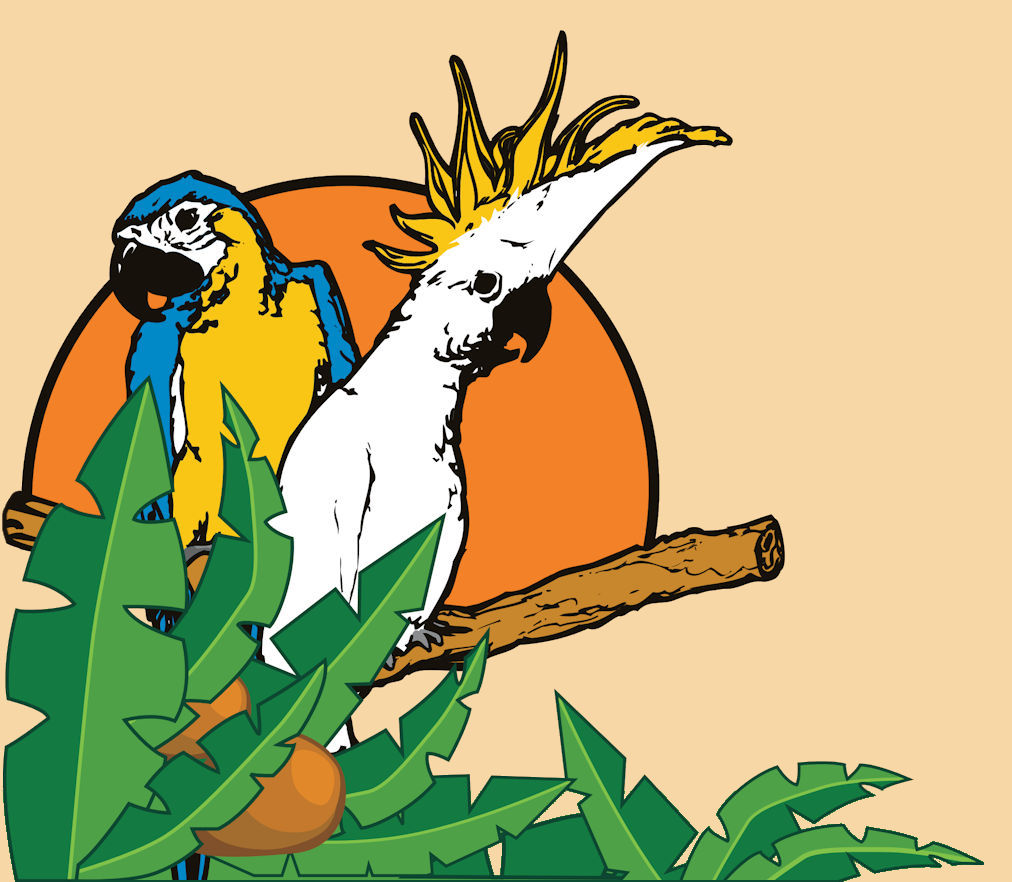September is national preparedness month; not only should your family or place of business have an emergency kit, but so should your pets. In many situations, time is the most important factor. If a bird is non-responsive, uncooperative, or if you are in doubt, contact your local avian vet immediately. This information should not be used in place of an avian vet. A bird first aid kit can be simple, or have many extra components.
Towel: for restraint or padding a box / carrier.
Carrier: to take to vet or to provide a small calm area.
Styptic powder or corn starch: to stop minor bleeding.
Scissors: cutting tape, gauze, or if your bird is tangled in material.
Needlenose pliers: removing blood feathers, splinters, tangled wire.
Cotton swabs: clearing out small cuts or applying topical ointments.
Gauze: to wrap cuts, sores, and burns until inspected by an avian vet.
Hydrogen peroxide: to flush out minor cuts and shallow wounds.
In your first aid kit, it is recommended to keep a list of your avian vets’ phone numbers so they are readily at hand. Human remedies and medicines are not the same, and in some cases can be harmful to birds; contact an avian vet before administering any solutions or ointments. Injuries such as animal bites, breathing trouble, burns, broken limbs, toxicity and vomiting should be considered emergencies and receive vet treatment right away.
